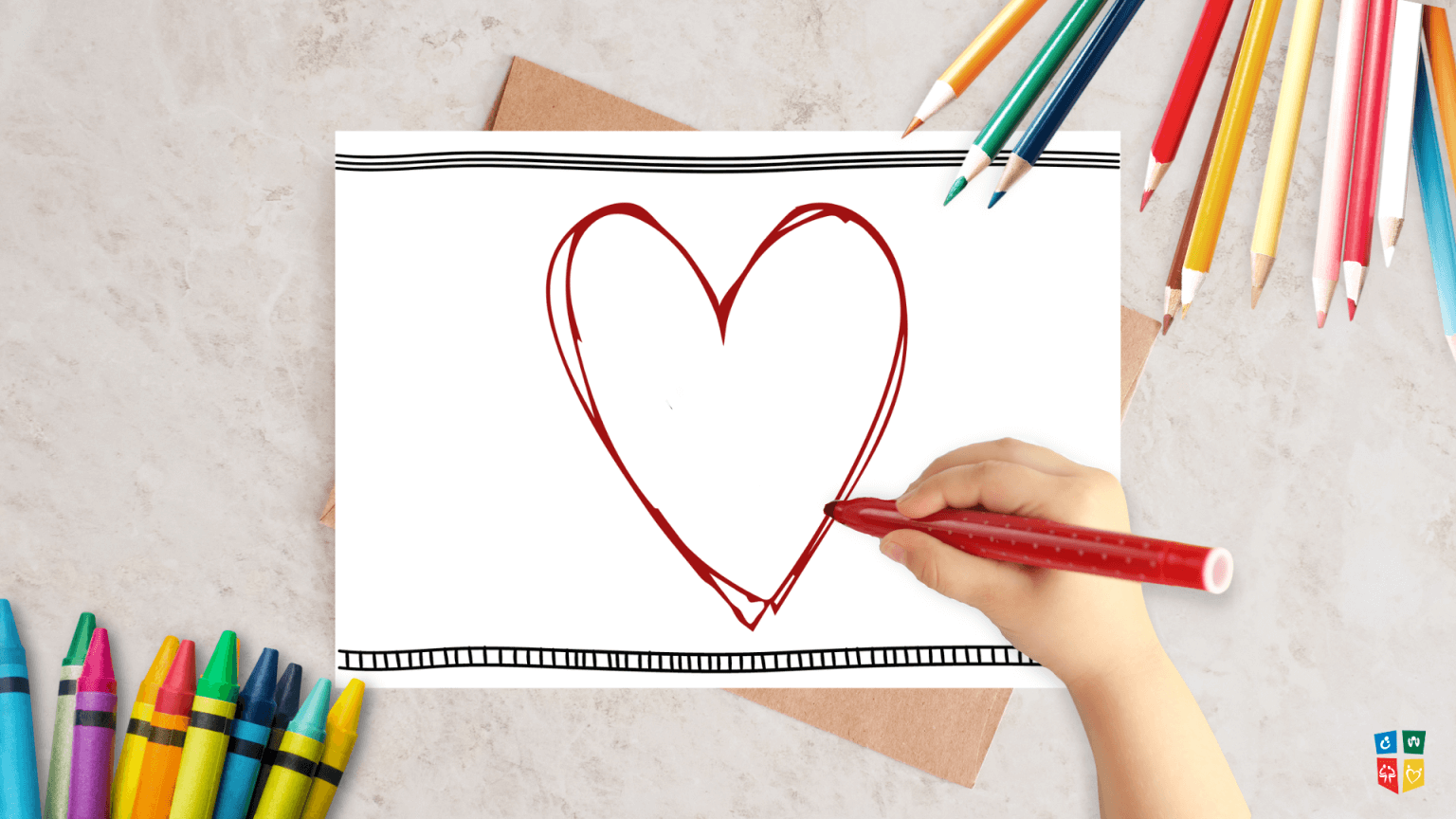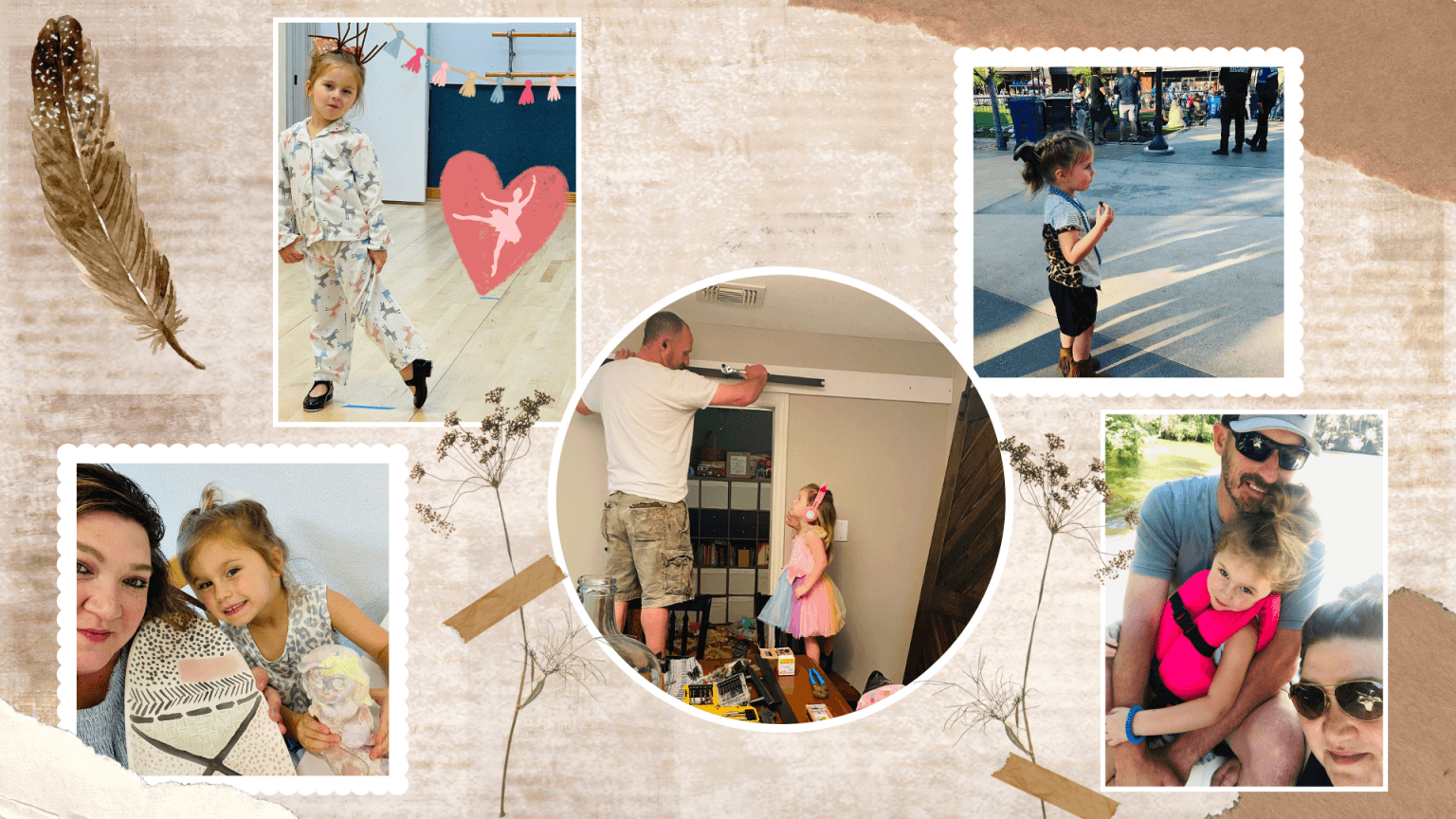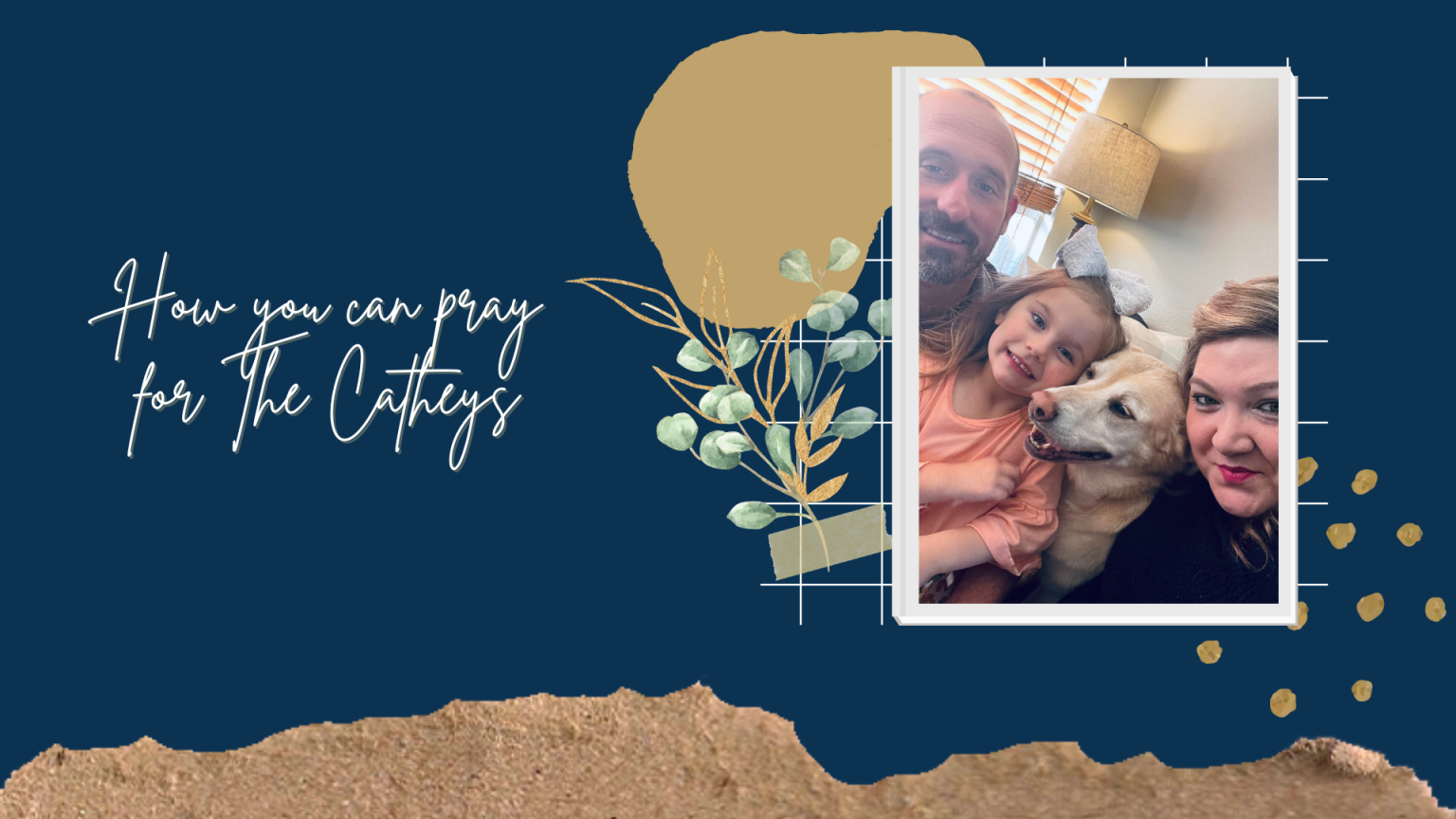Do you know what your children and teens are learning about suicide from media and entertainment?
It may be more impactful than you realize.
Please be aware that the following information discusses topics of suicide and self-harm. If you or anyone you know is struggling and may need help, call the suicide and crisis hotline at 988
September is Suicide Prevention Awareness month. And if your social media algorithms have any sliver of mental health news on the radar, then you will be inevitably inundated with disheartening statistics about the upward trending numbers of youth suicide rates. They are frightening numbers.
One of the biggest areas of prevention that I find important to talk about with parents is the monitoring of media consumption. Studies have overwhelmingly shown that suicide portrayals in media can increase suicide attempts if they are not done in an appropriate manner [4].
The presence of media in the lives of children and teens is much greater than in any previous generations due to the massive increase in accessibility. Truly monitoring your family’s media intake probably feels like a losing battle or a lost cause. Please hear me say that it is WORTH IT.
The specifics of how you monitor what your child is watching and hearing depends greatly on your child’s age, developmental stage, and other factors such as family worldview and moral stances. And at the end of the day, it is impossible to know every single thing that your child has seen or heard. But what you can do is prepare yourself to be the safe space for your child or teen to talk about what they have seen and heard about difficult topics such as suicidality.
Here’s the thing. I am not here to tell you to never, ever let your teen watch a show with depictions of suicide, or to block them off from the world. Instead, I am here to equip you to know how to respond when your child does view media depictions of suicide and may have questions.
I am hopeful that the following discussion can assist you in further exploration of how to keep your child and teen safe from untruthful or harmful information about suicide and self-harm.
National Recommendations for Depictions of Suicide and Suicide Prevention
The National Action Alliance of Suicide Prevention, the Substance Abuse, and Mental Health Services Administration, and the Entertainment Industries Council collaborate to maintain an agreed-upon set of recommendations for those who are planning to depict stories of suicide and/or suicide prevention. The aim of this partnership and set of recommendations is to help the entertainment and media industries “tell more balanced and authentic stories” involving suicide and suicide prevention to reduce potential harm [4].
The Action Alliance website claims that “when depictions are done responsibly, the media can help to encourage help-seeking, dispel myths, and reinforce hope – and ultimately save lives” [4].
However, these recommendations do not hold any actual weight or power over content creators. Narratives such as those depicted in Netflix’s 13 Reason’s Why can choose to completely ignore some of these points. The creators of 13 Reason’s Why, in fact, consulted with a top psychologist in the field of suicide prevention who strongly recommended that they not release their first season without making drastic changes to align with safe practices. Yet, the show was still released against his professional advice [2].
This is why it is incredibly important to not only know what your child is watching, but to be aware of themes and details that could create a false understanding of suicide and suicide prevention.
Some writers in the entertainment industry boast that they are helping create “conversation starters” for difficult topics. But just because something is a “conversation starter” doesn’t make it positive. What conversation is being started? Is that conversation rooted in truth and centered on professional opinion about real statistics? Does the conversation lend toward prevention methods, or does it depict graphic ways to harm oneself? Most likely, the conversation being started may not be centered on your family’s morality and worldview.
You can be the positive catalyst for your child as they are learning about difficult topics. After all, our job as parents is not to pretend things like suicide do not exist, but to be the frontlines for our children and the “home base” for them to discuss such things and learn about the world.
Keeping the door open for conversation so that “no question is too strange” makes you the safe space for tough conversations instead of the internet or a peer.
As for the particular topic of suicide, awareness of the Action Alliance’s recommendations can help you navigate conversations with your children and teens about the content they are watching, and even correct false information that they have been told directly or indirectly through media portrayals of mental health events.
The following recommendations can be found at
https://theactionalliance.org/messaging/entertainment-messaging/national-recommendations
1. Convey that suicide is complex and often caused by a range of factors, rather than by a single event.
Very rarely does someone base a decision to end their life on a single precipitating event. Storylines should reflect this, instead of basing a narrative on one thing that the character in question may have experienced. Talking to your child or teen about this topic can initiate a powerful discussion about the complexity of mental health concerns in general.
2. Show that help is available
Creating stories in which a character with suicidal thoughts has seemingly no options for help may inadvertently tell a struggling individual that seeking help is useless. Always remind your child and teen how to reach out for help or how to help a friend seek help. (See resources listed below).
One professional criticism of some recent stories of suicide is that the adults or mental health professionals were portrayed as “clueless and unhelpful” [2]. This is something to look out for in the content your child may be viewing. There are always, ALWAYS capable individuals available to support a child or teen in seeking help. Make sure your teen knows the local and virtual resources available to utilize or share with a peer.
3. Portray characters with suicidal thoughts who do not go on to die by suicide.
Suicidal thinking does not inevitably mean that a person will die by suicide. There is always hope. Stories should show characters who are able to overcome suicidal thinking.
Note: Asking someone if they are thinking about hurting or killing themselves does NOT increase the chance of them doing so. In fact, being blunt in asking this question can give someone the opportunity to be honest about what they have been thinking or feeling.
4. Portray everyday characters who can be a lifeline.
Portraying a narrative in which someone with suicidal thinking reaches out to people in their immediate circle or community for help is a fantastic way to model community support.
– Community/peer support should always include encouraging the individual to seek professional help. Always.
– Community/peer support should not be depicted as a stand-in for therapeutic support or higher levels of care. For example, a teen who only talks about their suicidality to another teen promotes unhealthy relationship dynamics and places unnecessary burdens on the peer.
– Suicidality should never be a peer-to-peer secret. Talk to your children and teens about how to tell a friend,
“Because I care for you, we have to share this with someone else. I am always here for you, but I don’t have all the tools to get you better without help.”
It may even be helpful to role-play with your child how to handle someone getting frustrated or angry with them that they are not willing to keep their secret. Remind your child that in the grand scheme of things, safety is the top priority. It is always the right thing to do to keep a friend safe, even if they express feelings of betrayal in the moment. The relationship can have the opportunity to heal once the friend is mentally capable of understanding that steps were made in good faith and to keep them safe.
5. Avoid showing or describing the details about suicide methods.
No piece of media should EVER show a step-by-step method to complete suicide. Ever. This should be absolutely non-negotiable. No child, teen, or adult needs a manual for completing suicide.
6. Consult with suicide prevention messaging experts and people with personal experience.
This is a crucial recommendation for shows depicting suicide. When talking to your children and teens, remind them that what they are watching is a story created by someone who is very likely not a mental health professional. Content creators are interested in creating a compelling story to share, and may overlook important truthful details about the actualities of mental health, self-harm, or suicide. Sometimes they may even do so with good intentions.
7. Depict the grieving and healing process of people who lose someone to suicide.
Suicide is final and irreversible, and should be depicted as such. Many individuals contemplating suicide have wrongly begun to believe that their friends and family may be “better off” without them. Stories should make sure to show that suicide does not magically fix problems.
8. Use nonjudgmental language.
Instead of “committed suicide,” it is recommended to use the phrase “died by suicide.”
_____________________________________________________________________________________
Quick tips for very early suicide prevention:
(these particular tips are meant for prevention before warning signs ever arise. If warning signs of suicide become present, prevention is more immediate and specific, and you should be directly consulting with a professional):
– Suicide prevention is proactive, not reactionary. Know the facts about suicidal thinking before the topic ever arises, and make sure to focus on teaching your children and teens how to seek help/ help others seek help
– Create an open and safe space for your kids and teens to discuss what they see and hear with you
– Build a supportive community. Be active in it.
– Know your children’s activities, interests, and friends (both on and offline).
– What is your family’s worldview? Do you live for something higher than yourselves? How do you talk to your children about this worldview and their responses to it?
– Know the warning signs that someone could be considering suicide (see resources below). When developmentally appropriate, teach your children these signs.
– Take your child’s words seriously at any age. Do not dismiss potentially dangerous statements as “dramatic,” or assume your child is too young to be struggling with suicidal ideation.
Suicide prevention resources for parents:
https://texassuicideprevention.org/wp-content/uploads/2019/07/Young-Person2019Final_v1PDF.pdf
https://www.nimh.nih.gov/health/topics/suicide-prevention
https://afsp.org/teens-and-suicide-what-parents-should-know
https://suicideprevention.nv.gov/Youth/Myths/
References:
1. 5 steps for developing protective factors against Teen Suicide. BASE Education. (2019, March 13). Retrieved August 28, 2022, from https://base.education/5-steps-for-developing-protective-factors-against-teen-suicide/
2. Eisenstadt, M. (2017, April 26). ’13 reasons why’ is a hit, but suicide expert told Netflix not to release series. Syracuse. Retrieved August 20, 2022, from https://www.syracuse.com/entertainment/2017/04/suicide_expert_consulted_by_netflix_on_13_reasons_why_told_them_not_to_release_i.html
3. Hawthorn, M. (n.d.). The portrayal of suicide in media. NAMI Wake County. Retrieved August 21, 2022, from https://nami-wake.org/the-portrayal-of-suicide-in-media/
4. National Recommendations for depicting suicide. Action Alliance. (n.d.). Retrieved August 20, 2022, from https://theactionalliance.org/messaging/entertainment-messaging/national-recommendations
5. Nevada Division of Public and Behavioral Health (DPBH) Office of Suicide Prevention. (n.d.). The myths and facts of teen suicide. NV.gov. Retrieved August 20, 2022, from https://suicideprevention.nv.gov/Youth/Myths/
6. U.S. Department of Health and Human Services. (n.d.). Suicide prevention. National Institute of Mental Health. Retrieved August 20, 2022, from https://www.nimh.nih.gov/health/topics/suicide-prevention
7. Understanding suicide contagion and how to prevent it. BASE Education. (2019, June 11). Retrieved August 21, 2022, from https://base.education/understanding-suicide-contagion-prevent/







